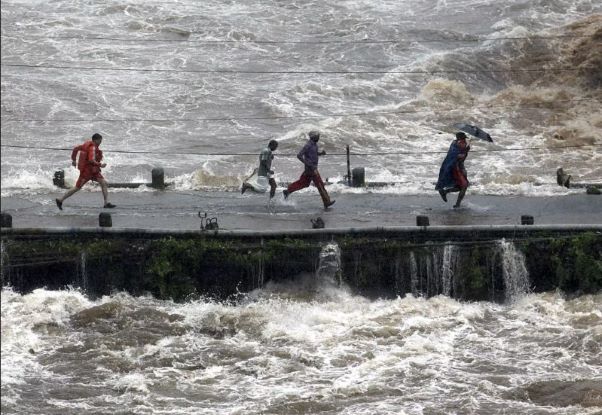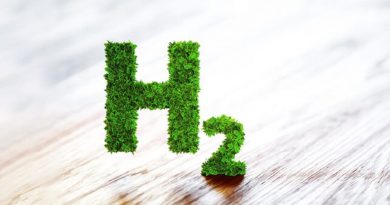Drought and Floods: The Annual Monsoon Story
 Image Courtesy Geospatial World
Image Courtesy Geospatial World
The southwest monsoon may have arrived fashionably late and moody this year but has now picked up momentum and bountiful rains in parts of the country have led to floods, waterlogging, landslides and the usual stories of yearslong misery.
Some cities like Mumbai have broken their rainfall records for the month of July. Vadodara and Ahmedabad had torrential downpour yesterday leading to a flood-like situation and waterlogging. Rivers in Assam and Bihar are swollen and have flooded vast lands and towns.
But the contrast is stark. While some areas of India are facing an embarrassment of riches with heavy rains, the southern states of India and parts of central and northern India face a drought-like situation.
Data released by the Central Water Commission last month showed that 72 of the 100 big reservoirs in India have less water at 80 percent or below of normal. The situation for Gujarat and Maharashtra were most worrying but with heavy rains in the state since yesterday, things might improve a bit.
With near Day Zero like situation in Chennai arriving on June 19, the split image visuals from this monsoon of flooding or water-logged streets vs. the water parched cities just some miles away do tell their story of how India has mismanaged its precious gift.
The usual stories of India being heavily dependent on a good monsoon for replenishing its reservoirs or recharging its ground water do the round every year but that story of how it has managed to turn around is still waiting to be written.
Natural water bodies are disappearing; urbanization is eating into lakes, streams, nullahs or even rivers, and buildings are being built on riverbanks and mangroves.
So, when it rains, water is wasted by diverting it to drains or sewage systems as not many cities have yet built systems to compulsory trap rain water by either harvesting for groundwater recharging or trapping them in local water bodies or reservoirs.
As a result, unless it rains heavily in the catchment areas where the large reservoirs are built, India’s cities, towns and villages will continue to face scarcity of water, as the data from CWC suggests.
Already there is great pressure on India’s groundwater. And with unequal distribution of rainfall, the story of despair and misery either by floods or drought, coexist every monsoon season.
There are some green shoots of waking up to the challenge appearing with Delhi announcing plans of storing flood water in the Yamuna plains as a pilot and hopefully this will lead the way for others to learn and follow.
Many states are readying plans of making rain water harvesting (recharge or storage) compulsory in government owned buildings and housing colonies.
With such macro and micro measures to secure its water needs in the works and now with a unified Ministry of Jal Shakti as the federal conscience keeper, it is time that India’s 29 states and its central government work in tandem to do whatever it takes to ensure there is water available after tomorrow.



